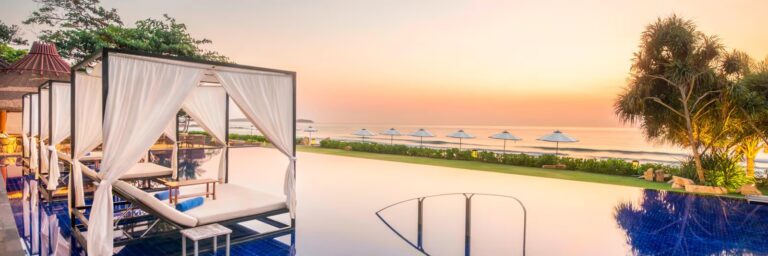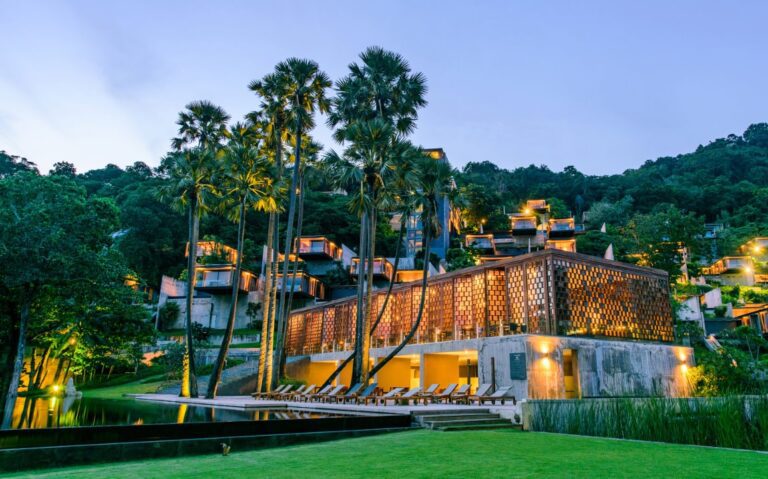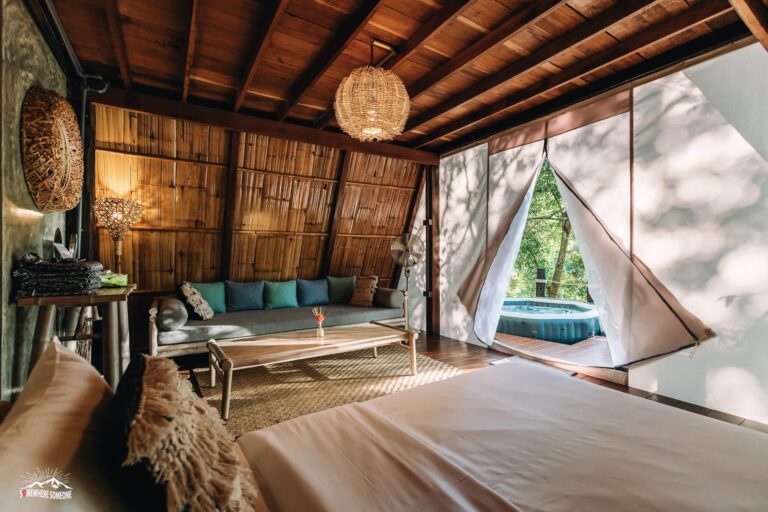explore. Dream.
Discover Thailand.
Get Inspired
Top Things To Do
Most visited Destinations
thailand Hotel Collection
Find your perfect stay
What's Happening
Discover Thailand’s vibrant cultural calendar with the latest festivals, local celebrations, and exciting events happening across the country.
- 20 & 21 Sep '25
- Santa Monica
- 14 Sep ’25
- Washington D.C.
Need Travel Information?
Discover everything you need to know before your journey — from visa requirements and entry guidelines to essential travel tips and frequently asked questions.




